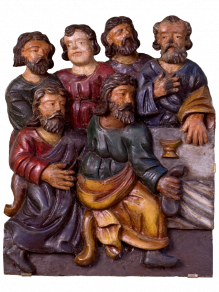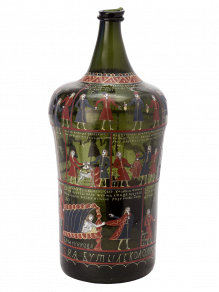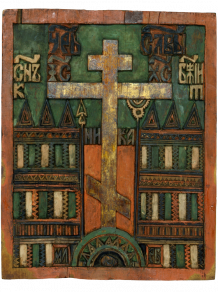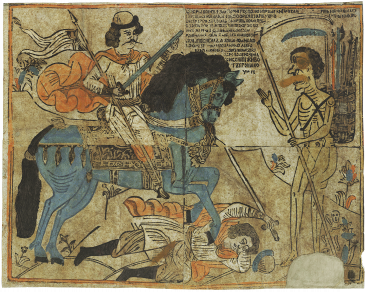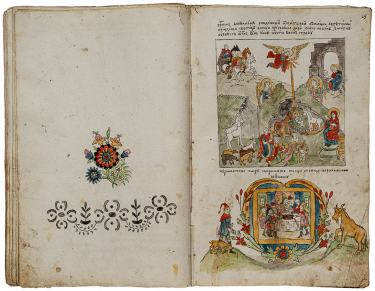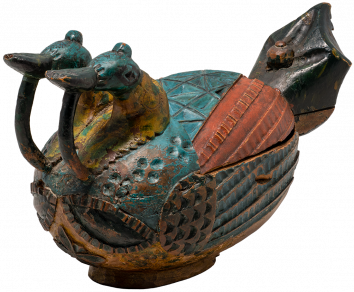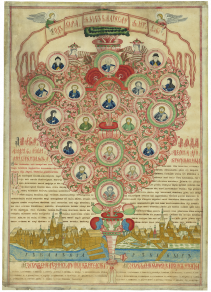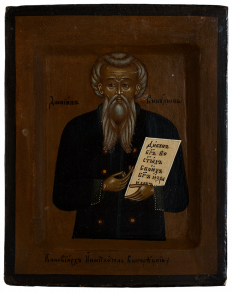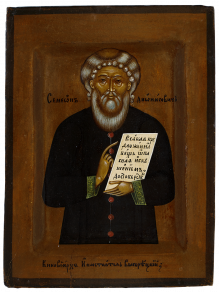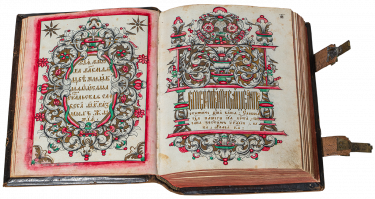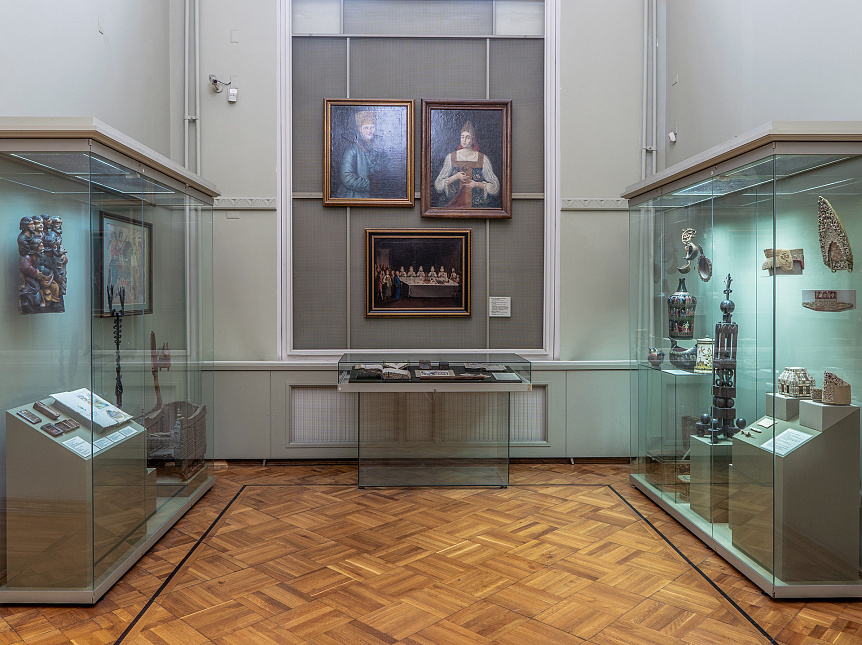Traditional national culture of post-petrine time

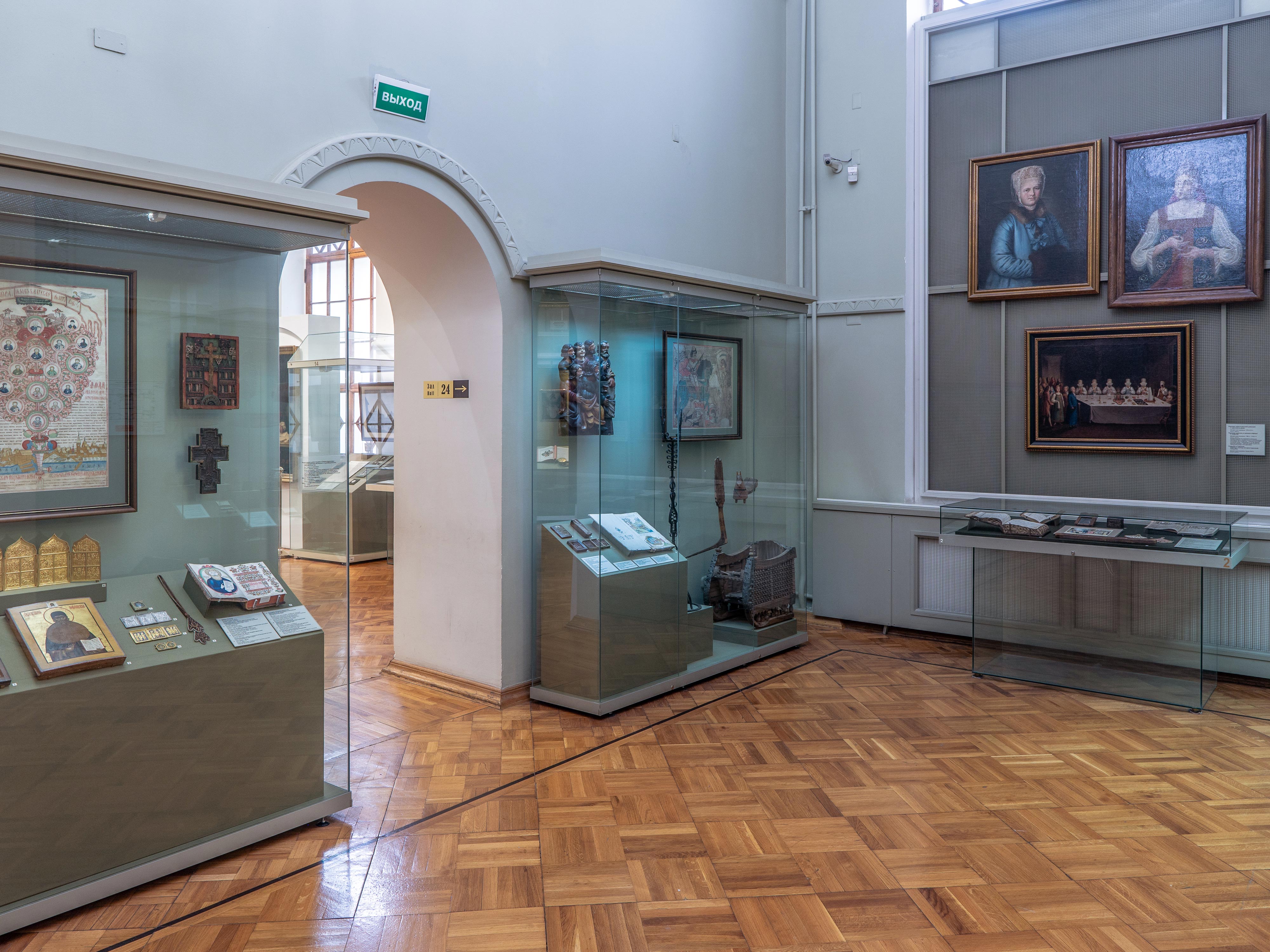
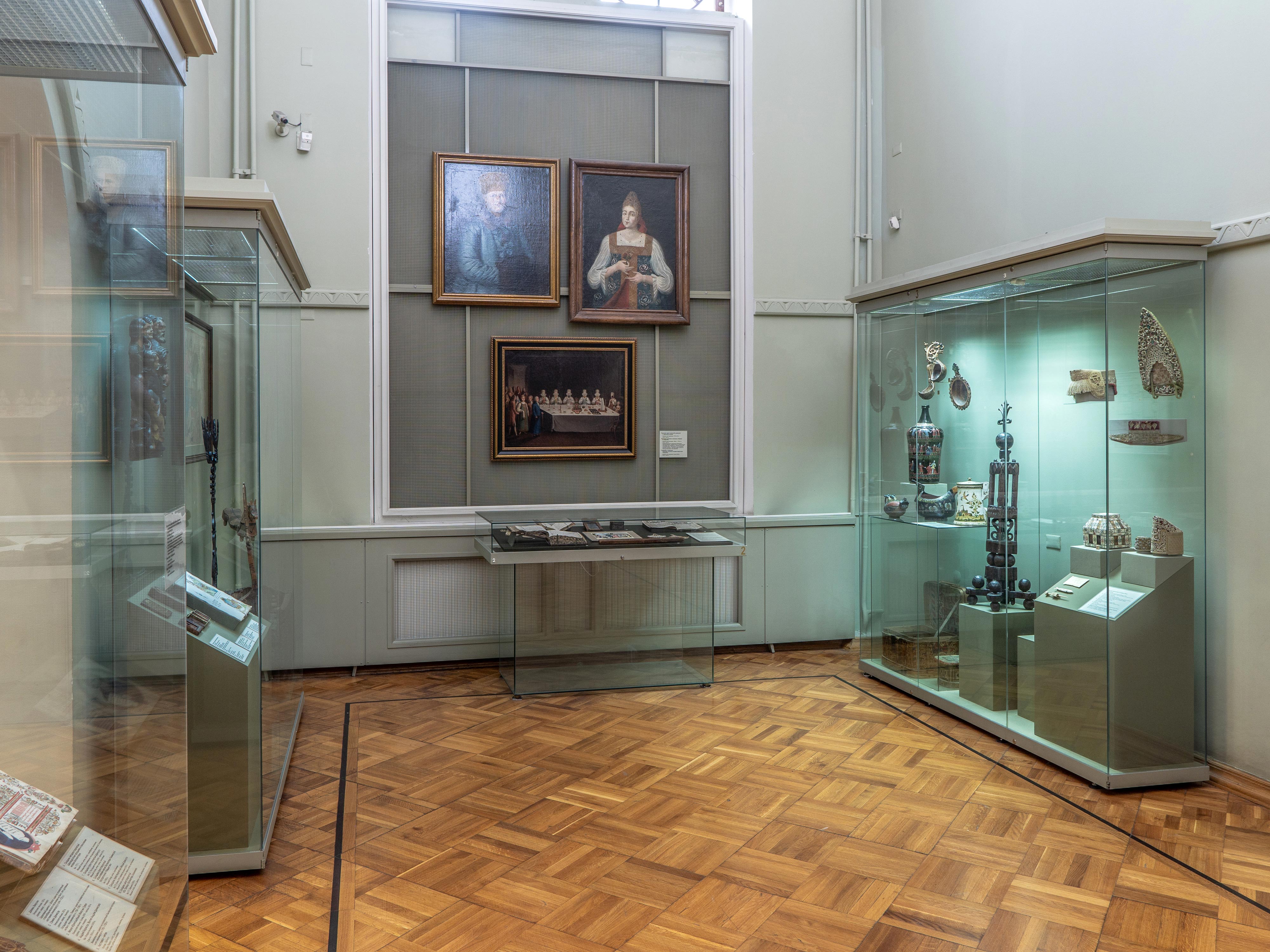
The rapid and violent introduction of European norms and traditions in Russia resulted in cultural spliting of society. In contrast to the narrow layer of Europeanized nobility, the bulk of the population – peasants, townspeople and merchants – continued to live within the framework of traditional medieval culture. Despite growth of these differences over time, traditional and new cultures happened to be very closely linked. This mutual influence has increased significantly in the cause of formation of the great Russian nation which began at the end of the XVIII Century.
The rich culture of peasants included knowledge of nature, religious and moral ideas, various types of artistic creativity, it was created by non-professionals and had an applied character, folklore music was an integral part of everyday life and holidays of ordinary people.
Old believers played an undoubted role in the development of traditional culture in the XVIII–XIX centuries. In the hall are displayed monuments created in the largest and most significant Vygo-Leksinska centre of the Pomorean priest-less consent, existing in Olonets province since 1694. There have been developed traditions of the old Russian literature, were created original hagiography, polemical and historical writings and were developed distinctive methods of design of handwritten books.
In the workshops of Vygoleksinskaya desert were made of copper and wooden carved icons, folding icons, crosses, prints and book miniatures, oil paintings, Church utensils and household items, including painted furniture. Creatively processing the achievements of old-Russian and modern art, Vigovtzy (inhabitants of Vygo-Leksinska) have created an artistic school of their own, characterized by stylistic unity of all the works that came from their hands.

